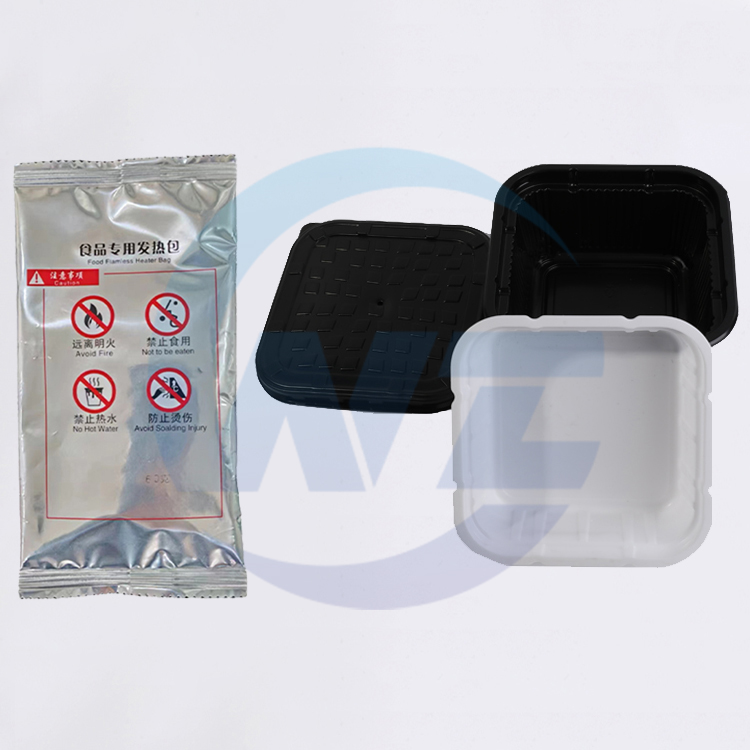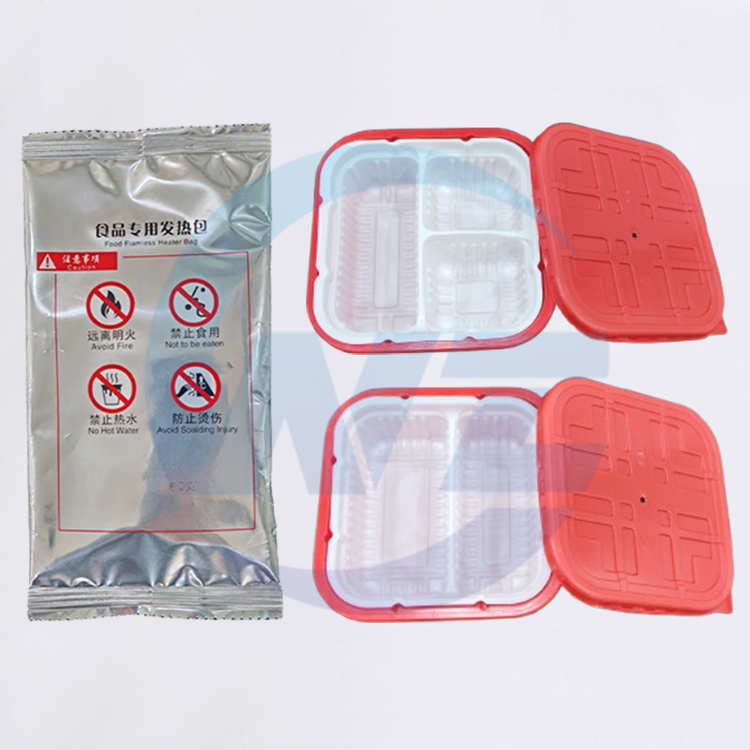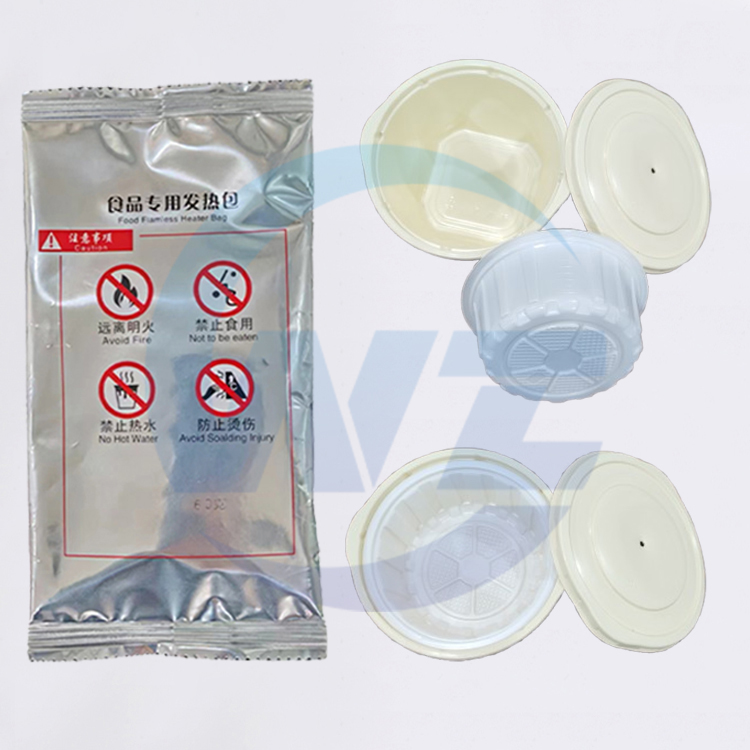by andelszhang
Share
by andelszhang
Share
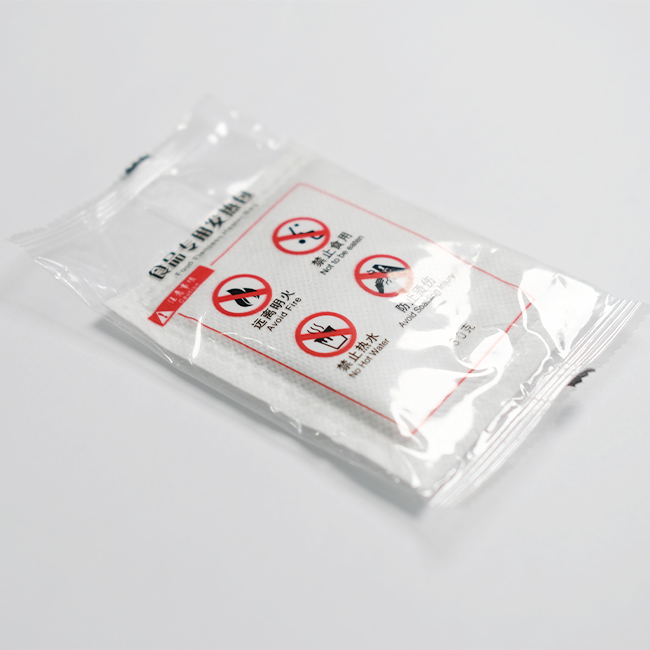
In the fast-paced life, people are increasingly pursuing convenient and efficient ways of eating. As a new type of catering tool, heating packs and self-heating packs have been loved by consumers. This article will take you to unveil the mystery of heating packs and self-heating packs and understand the principles behind them.
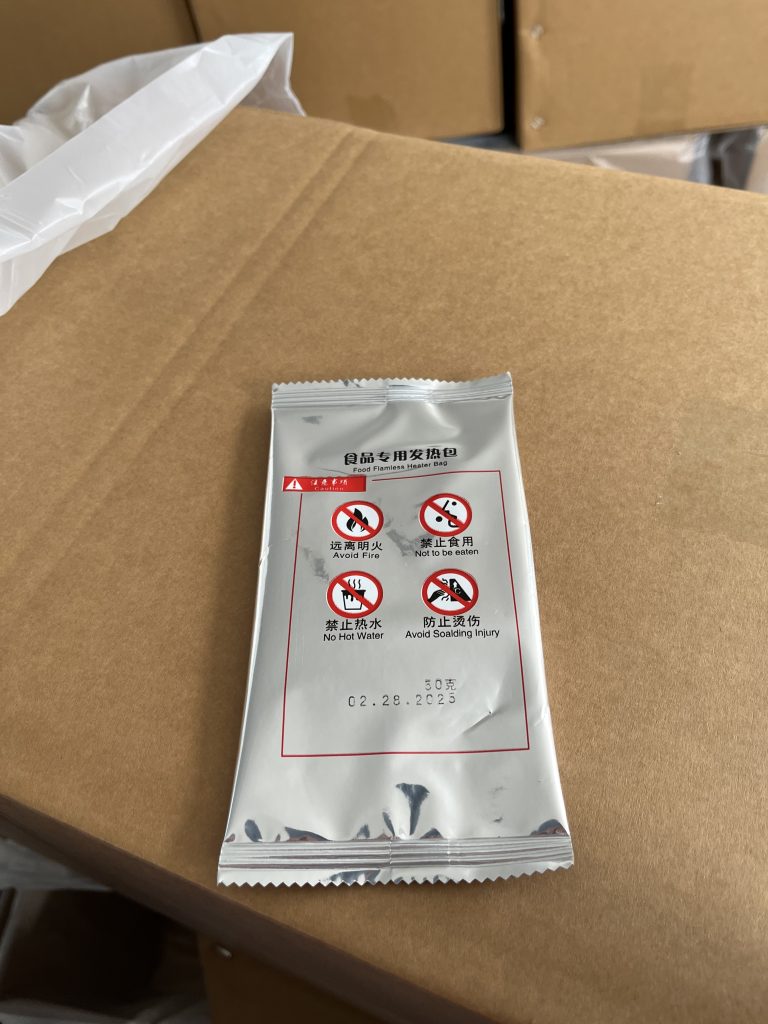
1. Overview of heating packs and self-heating packs
Heating packs and self-heating packs are a kind of convenient heating tools that have emerged in recent years and are widely used in military, outdoor activities, travel, emergency rescue and other fields. They can heat food quickly in a short time to meet people’s needs to enjoy hot food anytime and anywhere.
2. The principle of heating packs and self-heating packs
The principle of heating packs
The main components of heating packs are quicklime (calcium oxide) and water. When quicklime meets water, a chemical reaction will occur to generate calcium hydroxide and release a lot of heat. The specific reaction equation is as follows:
CaO + H2O → Ca(OH)2 + heat
The working principle of the heating pack is to use this chemical reaction to encapsulate quicklime and water in a small bag. When using it, just tear the bag open and let the quicklime contact with water to quickly generate heat.
Principle of self-heating bag
Compared with heating bag, the principle of self-heating bag is more complicated. It is usually composed of heating bag, water bag, food bag and insulation material. The heating bag contains quicklime, activated carbon, salt and water. When using, first mix the heating bag and water bag, then put them into the insulation material, and finally put the food bag on top of the heating bag.
The working principle of self-heating bag is as follows:
(1) The quicklime in the heating bag reacts with water to generate heat.
(2) Activated carbon has strong adsorption capacity, which can accelerate the reaction process and release heat faster.
(3) Salt has thermal conductivity and can transfer heat to food.
(4) Insulation material can reduce heat loss and improve heating efficiency.
III. Advantages and applications of heating bag and self-heating bag
Advantages
(1) Convenience: Heating bag and self-heating bag are small in size, light in weight, easy to carry, and can be used anytime and anywhere.
(2) High efficiency: The heating speed is fast, and the food can be heated to the appropriate temperature in a short time.
(3) Safety: physical and chemical reactions are used, no open flames, no smoke, and the risk of fire is reduced.
Application
(1) Military field: It is convenient for soldiers to quickly replenish calories in the wild environment.
(2) Outdoor activities: provide convenient hot food for outdoor enthusiasts in activities such as mountaineering, hiking, and camping.
(3) Travel: solve the dining problem of passengers on high-speed rail, airplanes and other means of transportation.
(4) Emergency relief: provide hot food guarantee for the victims at disaster sites such as earthquakes and floods.
Summary: The invention of heating packs and self-heating packs has brought great convenience to our lives. With the continuous advancement of science and technology, it is believed that such products will be more widely used in the future, providing people with a more convenient and comfortable dining experience.
STAY IN THE LOOP

